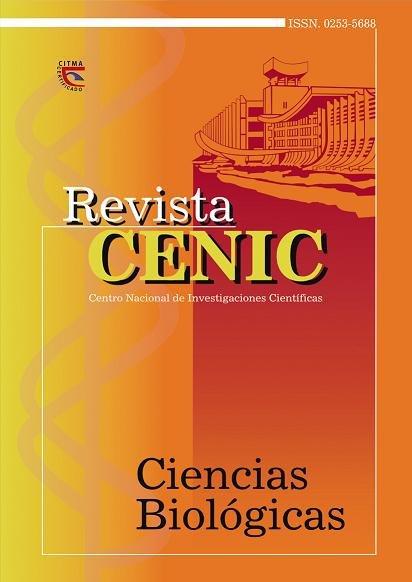Assessment of the anaerobic filters starting-up process for the treatment of instant coffee wastewaters
Abstract
The soluble coffee production process considers the stages of roasting, grinding, extraction, centrifugation, evaporation and drying, where approximately 10.62 L of wastewater / kg of soluble coffee produced are generated. They are characterized by having a high content of suspended and dissolved organic matter, high chemical and biochemical oxygen demand (COD, BOD). Considering that anaerobic digestion is an alternative for the treatment of these residuals, the adaptation of a bovine manure inoculum for anaerobic reactors in a semi-continuous regime was evaluated. Four up-flow reactors, two mesophilic (35+2ºC) and two thermophilic (55+2°C), were used for a total period of 49 days. The inoculum was characterized as a function of pH and SSV, while dissolved oxygen, salinity, pH, tannins and COD were determined for the substrate. For the inoculum, a pH close to neutrality and SSV higher than 50% on a dry basis were obtained. The characterization of the substrate showed a decrease in pH probably caused by the presence of volatile fatty acids that contributes to acidogenesis. The highest total methane production during the whole experiment was 12.4 mL CH4 corresponding to one of the thermophilic reactors. Despite the presence of inhibitory compounds such as tannins, stable behavior was evident in the anaerobic digestion process and adaptation of the inoculum to the substrate, thus representing an alternative for the digestion of instant coffee wastewater.
Downloads

Downloads
Published
How to Cite
Issue
Section
License
Los autores que publican en esta revista están de acuerdo con los siguientes términos:
Los autores conservan los derechos de autor y garantizan a la revista el derecho de ser la primera publicación del trabajo al igual que licenciado bajo una Creative Commons Atribución-NoComercial-CompartirIgual 4.0 Internacional que permite a otros compartir el trabajo con un reconocimiento de la autoría del trabajo y la publicación inicial en esta revista.
Los autores pueden establecer por separado acuerdos adicionales para la distribución no exclusiva de la versión de la obra publicada en la revista (por ejemplo, situarlo en un repositorio institucional o publicarlo en un libro), con un reconocimiento de su publicación inicial en esta revista.
Se permite y se anima a los autores a difundir sus trabajos electrónicamente (por ejemplo, en repositorios institucionales o en su propio sitio web) antes y durante el proceso de envío, ya que puede dar lugar a intercambios productivos, así como a una citación más temprana y mayor de los trabajos publicados (Véase The Effect of Open Access) (en inglés).














